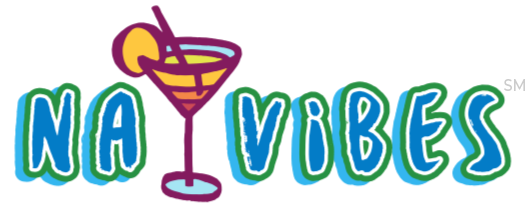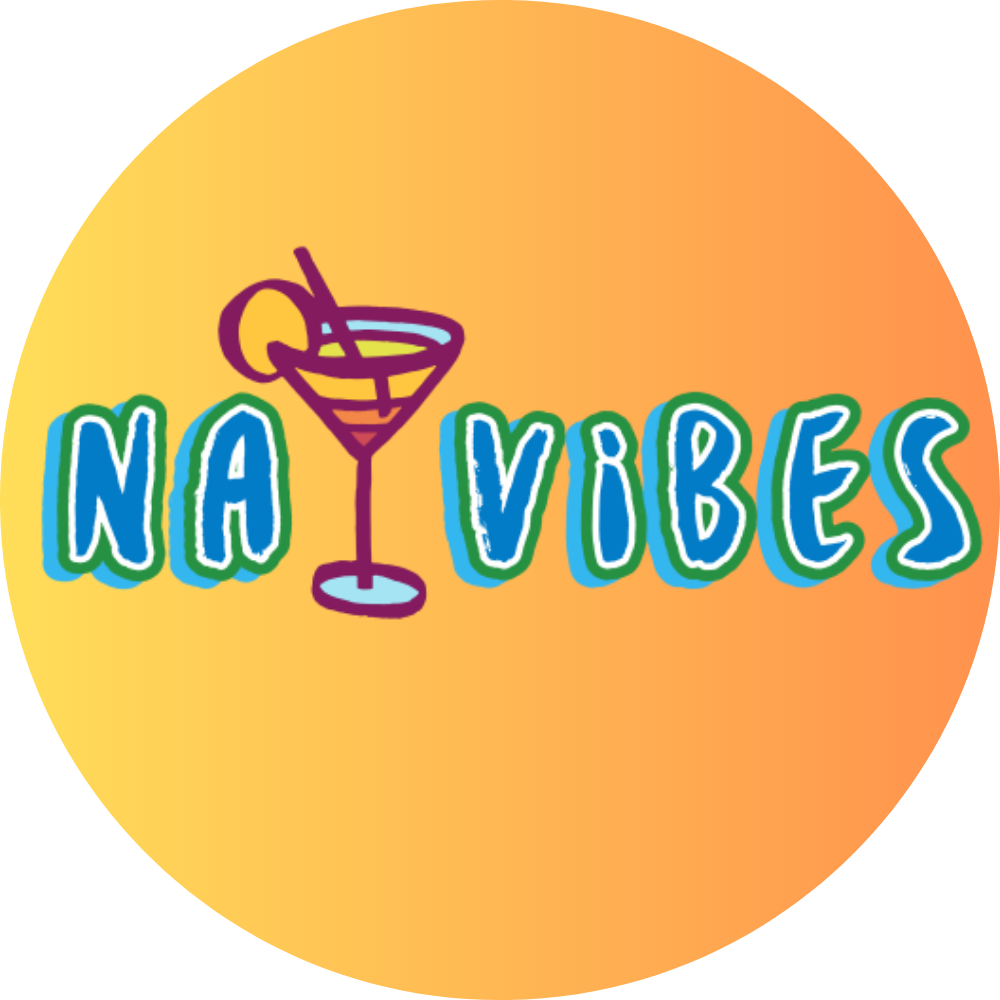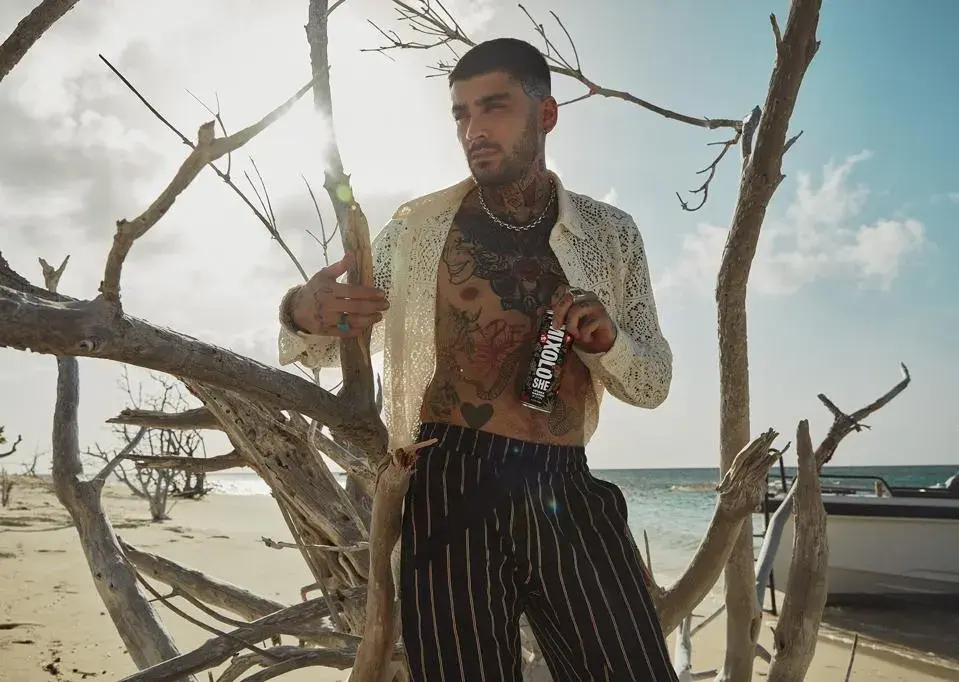The Best Non-alcoholic Drinks
- Joel Stoner

- Jul 2, 2022
- 7 min read
4/27/2022 Anna Perling for The New York Times (Excerpt)

An increasing variety of exciting nonalcoholic beverages are here to replace the Shirley Temple. We’ve tasted 69 of these balanced, complex drinks since 2021—including 35 new bottles and cans in 2022—to find the most unique, mature, and delicious ones for sipping and savoring. Below we list our 16 favorite bottles and single-serving options (as well as everything else we’ve tried), with detailed tasting notes to help you choose based on what you like and the experience you’re seeking. Whatever your preferences, these drinks are easy to serve and stunning to look at.
Hundreds of beverages, from imitation spirits to near-beers to simple seltzers, fall under the nonalcoholic drinks umbrella. We narrowed the scope of testing for this piece, and we added a few resources on where to look for NA drinks, if you’d like to know what else is out there. If we missed one of your favorites, add suggestions to the comments section below.
An important note: Many of these drinks contain herbal extracts and come with health warnings for people who are pregnant, who are taking certain medications, or who have other medical concerns. Before you consume any of them, we recommend checking a brand’s FAQ and asking your doctor if you have questions. We’ve added health advisories to drinks that contain a trace amount of alcohol less than 0.5% ABV (alcohol by volume), which is about as much alcohol as kombucha contains. It’s very little, but it’s still a residual amount if you are in recovery or can’t consume alcohol for medical reasons. What makes a good nonalcoholic drink?
A great nonalcoholic (NA) drink has all of the elements of a great alcoholic one. Taste is deeply personal, but there are key components that make a drink feel balanced, namely a harmonious blend of acidity, sweetness, bitterness, salinity, and water. These layers of flavor play off one another, blossoming as you sip or eat or lounge. The drink excites your palate and challenges you to figure out what exactly makes it so dang delicious—and why you can’t stop drinking it.
The trick is to create that nuance without using alcohol as a base. Alcohol has a signature burn—difficult to replicate—that helps slow down the drinker. Bitter, sour, or spicy flavors can achieve a similar effect. All of the experts we spoke with highlighted bitterness as a key element. Julia Bainbridge, author of Good Drinks: Alcohol-Free Recipes for When You’re Not Drinking for Whatever Reason, has reported on how most drinks incorporate it. John deBary, author of Drink What You Want: The Subjective Guide to Making Objectively Delicious Cocktails and founder of Proteau, told me that bitter flavors evoke a physiological response that tells us whatever we’re consuming should be poisonous. This helps people to pause while drinking; it also stimulates appetite and digestion. “Bitterness is an acquired taste,” deBary said. Alcohol has its own texture, too. In NA drinks, added glycerin or thickeners, such as xanthan gum, can mimic alcohol’s body.
A nonalcoholic drink should also feel mature. “Some of these products are more complex, and have multiple notes that you can try to pick apart,” Bainbridge said. “And that’s what helps me keep pace with my friends who are drinking, say, whiskey. We can all linger over our drinks now and mine can open up with time.” Some NA beverages are sugary and fizzy like soda. There’s nothing wrong with that, but you may find yourself chugging through those more quickly.
Bottled nonalcoholic beverages are made to be shelf-stable when left unopened, so they often lack the brightness of a just-made cocktail. “Adding some freshness to it with your own ingredients is very important,” said Han Suk Cho, a bartender who specializes in nonalcoholic drinks and the founder of Zero Proof Bevs. Cho recommends adding simple garnishes, such as fresh juice or herbs—a grapefruit wheel, a sprig of mint, a squirt of lime.
Single-serving, or “ready to drink” (RTD), nonalcoholic cocktails come premade with mixers and some added sweetness. As this category has grown, some companies have started to offer both bottled and premixed versions of their drinks. The RTD option can be an easy entry point for people looking to explore nonalcoholic options. “When you taste how companies have worked [their] foundational product into a single-serve RTD, it can give you a better sense of how the maker intends for that first product to be used,” Bainbridge said.
The best nonalcoholic drinks to share
Refreshing clear spirits
Pentire Adrift (about $40 for a 700-mL bottle at the time of publishing)

How we’d drink it: We’d make a Pentire Adrift and tonic to revive us on steamy days. This stuff is a natural substitute for gin, but it can also stand alone. As corny as it sounds, when we drank this concoction, we felt as if a sea breeze were washing over us.
Tasting notes: For something with such a simple ingredients list, Pentire Adrift dazzles. It’s subtly briny, and the verdant and citrusy notes—we tasted rosemary, sage, juniper, pine, and lemon—complement the salinity. Thin and lacking sugar, Pentire Adrift has the appearance of water or a clear liquor. It stands up well on its own over ice. And when Pentire Adrift is served with tonic, the result is a close dupe to a gin and tonic—and the herbal flavors still sparkle. (The company doesn’t call this an imitation gin, but Pentire Adrift does have some characteristic gin flavors.) The bottle’s chic, minimalist design makes Pentire Adrift feel especially fancy, like something you’d display on a bar cart. An extra perk: You don’t have to refrigerate this one.
Ingredients: water, British sea herb extract blend, lemon juice from concentrate, natural flavors, malic acid, Cornish sea salt, potassium sorbate
Serving suggestion: Serve 2 ounces over ice with a light tonic or soda, and garnish with citrus peel.
Servings per bottle: 12
(about $35 for a 700-mL bottle at the time of publication)

How we’d drink it: Seedlip’s light flavors make for some pretty easy drinking, so we think this bottle is a good starter for those who are seeking nonalcoholic options. Layer it into your own cocktail creations. Or mix it with seltzer or tonic, if you’re in the mood for “a more elegant LaCroix,” as senior editor Marguerite Preston put it.
Tasting notes: The fresh, green-tasting Seedlip Garden 108 is mild yet tantalizing. We picked up on notes of sugar snap pea, hay, thyme, and mint, as well as Meyer lemon. It’s slightly astringent and peppery, too, like a deli-pickle brine. As with all Seedlip drinks, Garden 108 is thin, watery, and lacking any sugar or sweetener (many drinks we tried were balanced with some added sweetness). But its acidity adds some depth of flavor—we were pleasantly surprised by the long finish from such a subtle drink. Seedlip Garden 108 is not meant to be served on its own (this is the only bottle we tried that had those explicit instructions). Yet Garden 108 was the only one of Seedlip’s three flavors that we thought stood up to a mixer. Although the company recommends pairing the drink with tonic or ginger ale, we enjoyed this one with seltzer, too.
All of Seedlip’s bottles are gorgeous, if a bit cumbersome to pour from. We do appreciate that you don’t have to store these in the fridge.
Ingredients: water, natural botanical distillates and extracts (peas, hay, spearmint, rosemary, thyme, and hops), potassium sorbate, citric acid
Serving suggestion: Serve 2 ounces over ice with tonic or ginger beer, and garnish with a sprig of rosemary. See more recipes here.
Servings per bottle: 12 to 14
Health advisory: Seedlip’s drinks are less than 0.5% ABV (alcohol by volume). See Seedlip’s FAQ page for more information.
(about $45 for a 750-mL bottle at the time of publication)
How we’d drink it: Figlia Fiore is refreshing enough to serve with pre-dinner snacks on a

fading summer afternoon, true to the Italian aperitivo tradition. Yet with its warming spices, it can do double duty in a toddy, for a cozier drink.
Tasting notes: In a sea of challenging drinks, this spicy-sweet aperitif (a drink that aims to stimulate your appetite) is one of the only nonalcoholic beverages we tried that is flat-out quaffable. Notes of citrus, rose, cranberry, ginger, and nutmeg are perfectly balanced. We mainly appreciate that the Fiore isn’t as overtly bitter as many other herbal NA options, and this also makes it a great entry-level nonalcoholic drink. Figlia Fiore has a juicy sweetness that makes it palatable without being saccharine—or boring. It’s a rare drink that can be sipped on its own without being diluted. We enjoyed it over ice, but you can brighten the drink even more if you mix it with tonic. The Fiore’s gingery flavors also make it great for a toddy (the company provides a recipe on its site). Think of Fiore as a lighter, livelier mulled wine. The packaging feels elegant and timeless: A stately clear glass bottle with a stopper shows off the cloudy, mauve-pink liquid inside. Figlia Fiore is a versatile NA staple that we’re excited to enjoy year-round. NB, the company donates part of its proceeds to Partnership to End Addiction and the environmental organization 1% for the Planet.
Ingredients: water, white grape juice concentrate, ginger juice, lemon juice, rose extract, rosemary extract, natural elderflower flavor, black currant juice concentrate, chamomile extract, ginseng root, lemon balm extract, bitter orange rind, fruit & vegetables extract (for color)
Serving suggestion: Serve over ice with an orange rind. See more recipes here.
Servings per bottle: 12½
(about $30 for a 500-mL bottle at the time of publication)

How we’d drink it: Slightly herbaceous, deliciously citrusy, and a little bitter, Wilfred’s Bittersweet will whet your appetite or offer an end-of-day pick-me-up before dinner. It’s a great stand-in for Campari, and frankly, we’d rather drink the Wilfred’s.
Tasting notes: Wilfred’s Bittersweet begs a comparison to the Italian aperitivo Campari. But Wildred’s holds its own—it’s less syrupy and bitter than Campari, and it packs a tangier bite. With just the right amount of bitterness from rosemary, Wilfred’s Bittersweet reminds us of a zesty, spruced-up cranberry juice. We couldn’t stop sipping this drink. It’s a new favorite for when we want a light, tasty NA option that doesn’t take itself too seriously. As with the Figlia Fiore, we’d happily enjoy Wilfred’s Bittersweet in a range of settings. Spritzed with tonic, Wilfred’s makes a slightly sweet, refreshing summer sipper. Over ice and gussied up into a No-Groni, it’s herbaceous enough to feel like a fancy cocktail. The translucent, striking red-orange color and the art deco bottle are dazzlingly eye-catching. This NA spirit is also slightly thicker than water, making it feel more full-bodied and less juice-like than many others we tried.
Ingredients: water, natural botanical distillates and extracts, English beet sugar, citric acid, concentrates (safflower, lemon, carrot, black currant), potassium sorbate, sodium benzoate
Serving suggestion: Serve over ice with tonic. See more recipes here.
Servings per bottle: 10
Read the full original article at: The New York Times
If the content contained herein violates any of your rights, including those of copyright, you are requested to immediately notify us via email using the address: hello (at) navibes.com







Comments